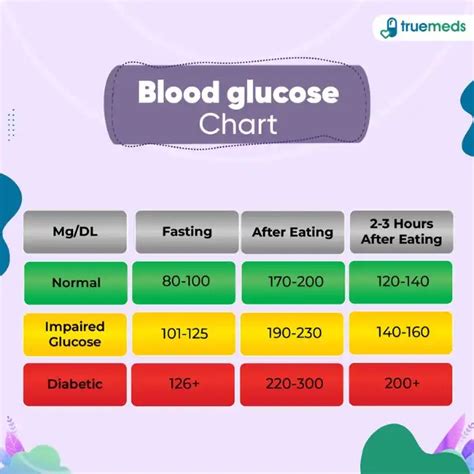Intro
Emergency guide for Blood Sugar 600 crisis, managing hyperglycemia, diabetes symptoms, and urgent treatment to prevent complications, including ketoacidosis and organ damage, with immediate action steps for a safe recovery.
Having a blood sugar level of 600 or higher is a serious medical condition that requires immediate attention. When blood sugar levels become this high, it can lead to a range of severe complications, including diabetic ketoacidosis, hyperglycemic hyperosmolar syndrome, and even death. It's crucial for individuals with diabetes to understand the risks associated with extremely high blood sugar levels and to know how to respond in an emergency situation.
High blood sugar levels can occur due to various reasons, such as missing insulin doses, eating too many carbohydrates, or experiencing stress and anxiety. Furthermore, certain medications, like steroids, can also cause blood sugar levels to rise. It's essential to identify the underlying cause of the high blood sugar level to provide appropriate treatment. In some cases, individuals may not exhibit any noticeable symptoms, even with extremely high blood sugar levels. However, common symptoms of high blood sugar include increased thirst and urination, blurred vision, headaches, and fatigue.
In emergency situations where blood sugar levels exceed 600, it's vital to seek medical help right away. Failing to do so can lead to severe and potentially life-threatening complications. Medical professionals can provide the necessary treatment to lower blood sugar levels and prevent further complications. This may involve administering insulin, providing fluids and electrolytes, and addressing any underlying conditions that may be contributing to the high blood sugar level. In addition to medical treatment, individuals with diabetes must also take steps to manage their condition effectively, including monitoring their blood sugar levels regularly, following a healthy diet, and engaging in regular physical activity.
Blood Sugar Levels and Diabetes

Causes of High Blood Sugar Levels
High blood sugar levels can occur due to various reasons, including: * Missing insulin doses or taking too little insulin * Eating too many carbohydrates or sugary foods * Experiencing stress and anxiety * Taking certain medications, such as steroids * Having an underlying medical condition, such as pancreatitis or Cushing's syndrome * Being physically inactive * Having a family history of diabetesTreatment for Blood Sugar 600 Emergency

Managing Blood Sugar Levels
To manage blood sugar levels effectively, individuals with diabetes must: * Monitor their blood sugar levels regularly * Follow a healthy diet that is low in carbohydrates and sugary foods * Engage in regular physical activity, such as walking or jogging * Take their medication as prescribed by their healthcare provider * Get enough sleep and practice stress-reducing techniques, such as meditation or deep breathingPreventing Blood Sugar 600 Emergency

Risk Factors for High Blood Sugar Levels
Certain risk factors can increase the likelihood of developing high blood sugar levels, including: * Having a family history of diabetes * Being physically inactive * Having an underlying medical condition, such as pancreatitis or Cushing's syndrome * Taking certain medications, such as steroids * Being overweight or obese * Having a history of gestational diabetes or delivering a baby over 9 poundsComplications of Blood Sugar 600 Emergency

Emergency Symptoms to Watch For
Individuals with diabetes should be aware of the emergency symptoms to watch for, including: * Increased thirst and urination * Blurred vision * Headaches * Fatigue * Confusion * Dizziness * Nausea and vomitingConclusion and Final Thoughts

We invite you to share your thoughts and experiences with managing blood sugar levels in the comments below. If you have any questions or concerns, please don't hesitate to reach out. Additionally, if you found this article informative, please share it with others who may benefit from this information.
What is the normal range for blood sugar levels?
+Normal blood sugar levels usually range from 70 to 140 mg/dL, depending on the time of day and other factors.
What are the symptoms of high blood sugar levels?
+Symptoms of high blood sugar levels include increased thirst and urination, blurred vision, headaches, fatigue, confusion, dizziness, nausea, and vomiting.
How can I prevent high blood sugar levels?
+To prevent high blood sugar levels, monitor your blood sugar levels regularly, follow a healthy diet, engage in regular physical activity, take your medication as prescribed, get enough sleep, and practice stress-reducing techniques.
What are the complications of high blood sugar levels?
+If left untreated, high blood sugar levels can lead to severe and potentially life-threatening complications, including diabetic ketoacidosis, hyperglycemic hyperosmolar syndrome, nerve damage, kidney damage, and blindness.
What should I do if I experience symptoms of high blood sugar levels?
+If you experience symptoms of high blood sugar levels, seek medical attention immediately. Your healthcare provider can provide treatment to lower your blood sugar levels and prevent further complications.
